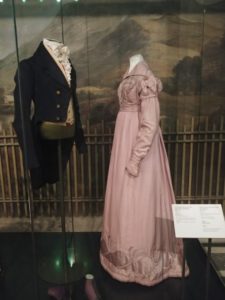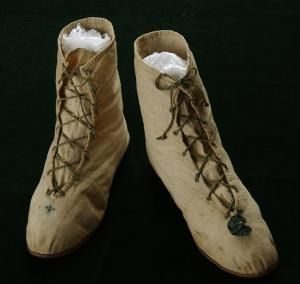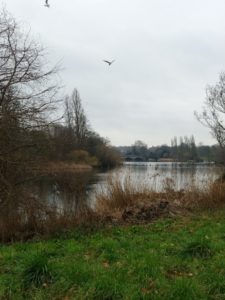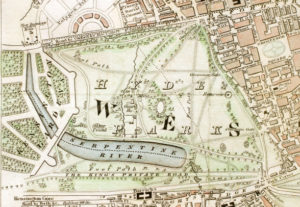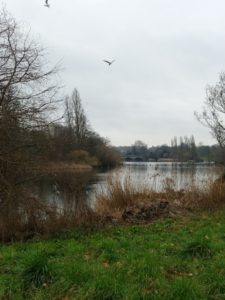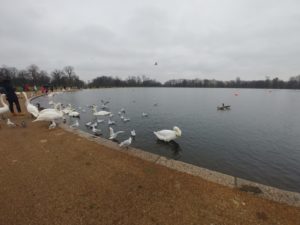Usually when we hear of Britain
and Indians, we think of the East India Company and the British Raj—British
colonialism. But were you aware that Indians were in England and Ireland in the
1700s (or earlier)? By 1850, there were over 40,000 Indians recorded as living
in London. And that’s only the recorded ones.
 |
| Sake Deen Mahomed |
When you think about it,
it makes sense. British merchants who lived in India tried to stick as close as
possible to the same quality (or better) lifestyles they had in England, so
they'd hire Indian servants. When these merchants came home, they frequently
brought some of those servants with them. Or they'd send their children back
with their ayahs (nursemaids) with them.
Some of these Indians
returned to India, but a large number of them stayed. A handful were able to
create successful lives in England (like Sake Mahomed, Shampooing Surgeon to
George IV), but the majority of them were less fortunate.
 |
| Abdul Karim (the Munshi) and Queen Victoria |
"Since many Indian servants
were discharged without ceremony after their arrival in England, it was not
uncommon to see destitute Indians begging in the streets of London" (18
Vizram) and the East India Company made several attempts to discourage bringing
Indian servants over, including imposing fees. Abdul Karim, Queen Victoria’s
Munshi (teacher), was one such servant—he was brought over to help serve during
her Golden Jubilee.
A large number of those
who stayed were Indian sailors (lascars) who deserted their ships upon arrival
to avoid abuse from their superiors (including other lascars). Towards the end
of the Napoleonic Wars, over 1,000 lascars arrived in London each year.
If the lascars or ayahs
and other servants were unable to find a new position or a way back to India,
then they might have lived in a group home that one of any number of missionary
societies had set up. In one home for ayahs, there were as many as 60 women
crammed in. The lascars were in an even more desperate situation.
Fortunately, not all
Indians who came to England were left in poverty. A large number of Indians voluntarily
came for education. They could not take the higher-paying positions in civil service
without certain qualifications, available only through English universities.
 |
| Princess Sophia Dhuleep Singh |
Several maharajahs also
came to experience European culture and to pay their respects to the British crown.
Some, such as Maharajah Dhuleep Singh and his daughter, Sophia, were raised in
England as part of the aristocracy and with Queen Victoria’s approval.
While we're fortunate to have the personal records of some of the more educated Indians, we've lost a great deal of information about the lower classes who managed to survive in Britain. Perhaps some day more information will manage to make its way into public consciousness again.
https://smartbitchestrashybooks.com/2017/03/guest-post-diversity-thorn-ethnic-identity-history-historical-romance/
